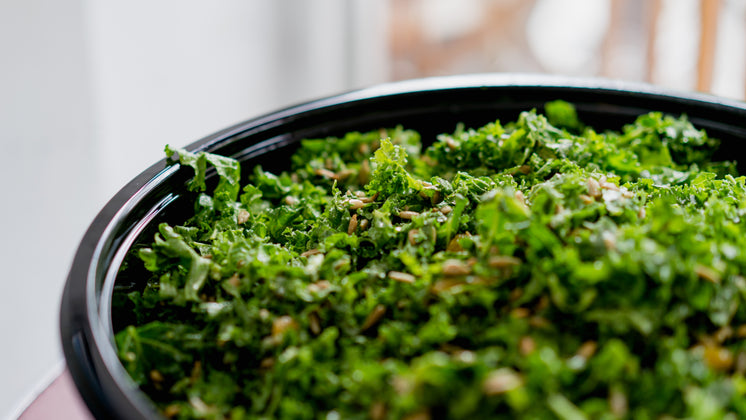
And with a lid you can also safely store other food items on top helping you to keep your fridge organised while maximising on available fridge space. Dependant on whether you intend to make an egg rack for the fridge or for use elsewhere in the kitchen will determine the choice of material. Whichever material you choose the basic principle in design and built is the same. For this DIY project I used 6mm (1/4 inch) Perspex but 6mm plywood or softwood e.g. a piece of skirting board would work just as well.
In our case the shelf was removable so I was able to remove it and take it down to the home workshop from where I made a template out of thin card. Sellotape two sheets of card together length ways. Press the card firmly into the fridge door shelf and run the tip of your fingers (fingernails) around all the interior edges of the fridge shelf to score a clear line; to identify the outline shape of the shelf.
Carefully cut along the score line with sharp scissors to create your template. Once the Perspex piece is cut place it in the fridge shelf to double check it fits. If however you're making a freestanding or wall mounted egg rack from wood for your kitchen then cut-out your desired shape, or if using skirting board or similar cut the length to size. If there are no curves in your design instead of the jig saw you may consider using a circular saw or hand saw as appropriate.
The measurements given in this brief best suits standard to large sized eggs. If you regularly buy smaller eggs you might wish to make the holes just a fraction smaller than the 44mm (1 3/4 inches) suggested here; but no too small. You’ll need a 44mm (1 3/4 inch) hole cutter to make suitable size holes in the egg rack to support the eggs. With a minimum gap of 5mm (about 1/4 inch) between each egg hole to maximise on space.
However, cutting holes this close will considerably weaken the material you’re using with a risk of segments snapping between holes while cutting the holes, if you’re not careful. Therefore, if you’re not confident I would suggest making the gaps between the holes larger e.g. 10mm (about half an inch). 32mm (about 1 1/4 inches).
54mm (2 1/8 inch). For extra clarity e.g. so as not to mistakenly drill any of the holes in the wrong place later, I drew little circles around each point to drill. 54mm (2 1/8 inch). 5. Using the 44mm hole cutter as a template centre on some of the centre points you’ve marked and draw around it to give a visual double check that everything looks as you expect it to look, see photo.
Use a punch and hammer to make small indentations to guide the drill bit and reduce the risk of the drill slipping when you start to cut the holes. Securely clamp your work (egg rack) on top of the sacrificial wood so that it’s ready for cutting the egg holes; as you progress with cutting the egg holes you’ll need to reposition from time to time. Using the 44mm (1 inch) hole cutter cut all the required egg holes in your egg rack. Use only a good quality hole cutter.
The ideal depth is about 18mm (3/4 inch) but I would recommend you test your egg rack with real eggs before finally gluing and fixing it all together. As I was making my egg rack from Perspex I could have cut some strips of Perspex 18mm wide and glued them to the base of the egg rack as support. However, I happened to have some spare drawer runners in my home DIY work shed just collecting dust that was just under the 18mm so I decided to use these as the base support for the egg rack.
If you make your egg rack from wood then you’ll want to use thin strips of wood approximately 6mm (1/4 inch) by 18mm (3/4 inch) e.g. thin strips of plywood, softwood or beading. Once the glue is fully set, fit your egg rack in your kitchen or fridge and start using it for storing your eggs.
Tags:
How Make Food
